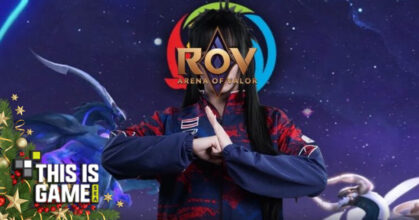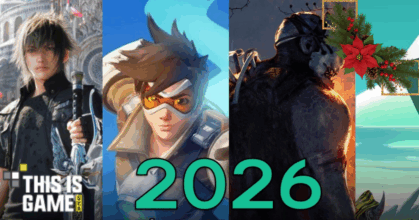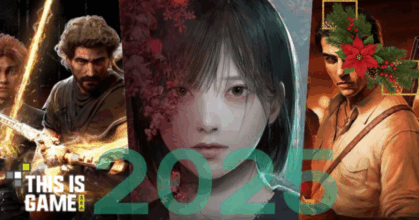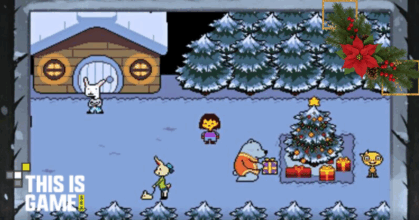Shocking Flaws: 10 Massive Letdowns in Pokémon Legends: Z-A
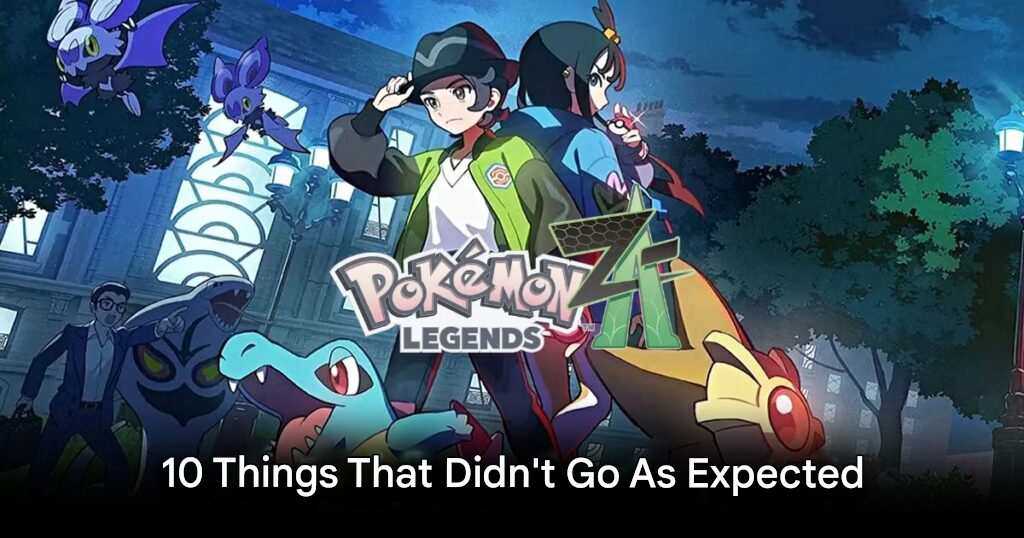
The Disconnect Between Hope and Reality
Pokémon Legends: Z-A was a game fans across the globe eagerly awaited. Its predecessor, Pokémon Legends: Arceus, set a high bar. It brought a new standard to the franchise with its real-time exploration and Pokémon catching systems. Many expected Z-A to be an even greater leap forward. This anticipation grew when it was announced the game would be set in Lumiose City. This is an iconic location from the Pokémon X and Y generation.
However, the reality of the game’s launch did not align with these expectations. Certain features were dramatically changed, surprising long-time fans. Conversely, some core appeals of the Pokémon world felt diminished. We will now look at ten things about Pokémon Legends: Z-A that did not meet the high hopes of players.
10 Ways Z-A Did Not Deliver
1. The Death of Turn-Based Combat
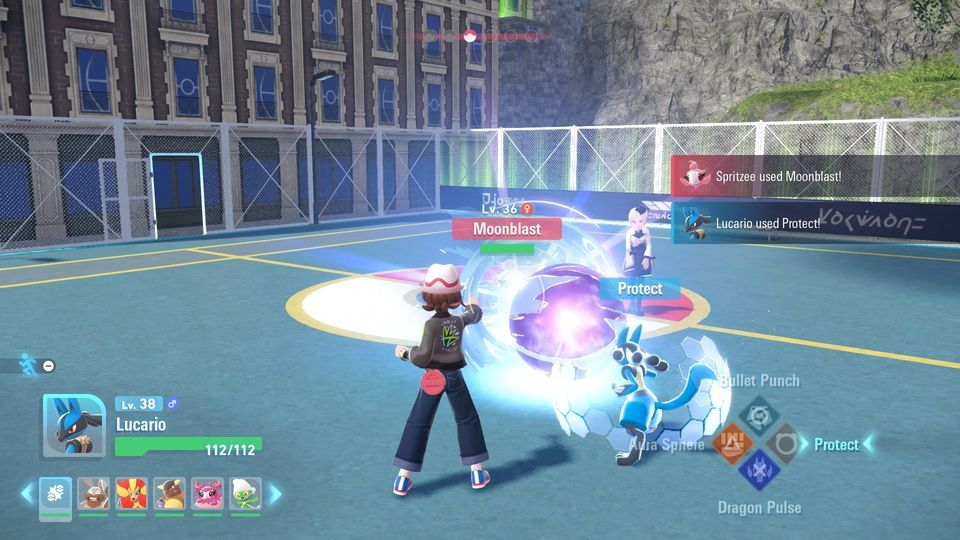
One of the largest shifts is the abandonment of the signature Turn-Based Battle system. This classic mechanic defined the main Pokémon series. Instead, Z-A adopted an Action Hybrid style. This requires players to dodge, attack, and time their actions. While modern, many feel the game lost its traditional Pokémon identity. Strategic team composition and clever type matching are less critical now. For many classic turn-based fans, this change did not satisfy their gameplay needs. It feels more like an action game with Pokémon as mere accessories.
2. Lifeless Game Atmosphere
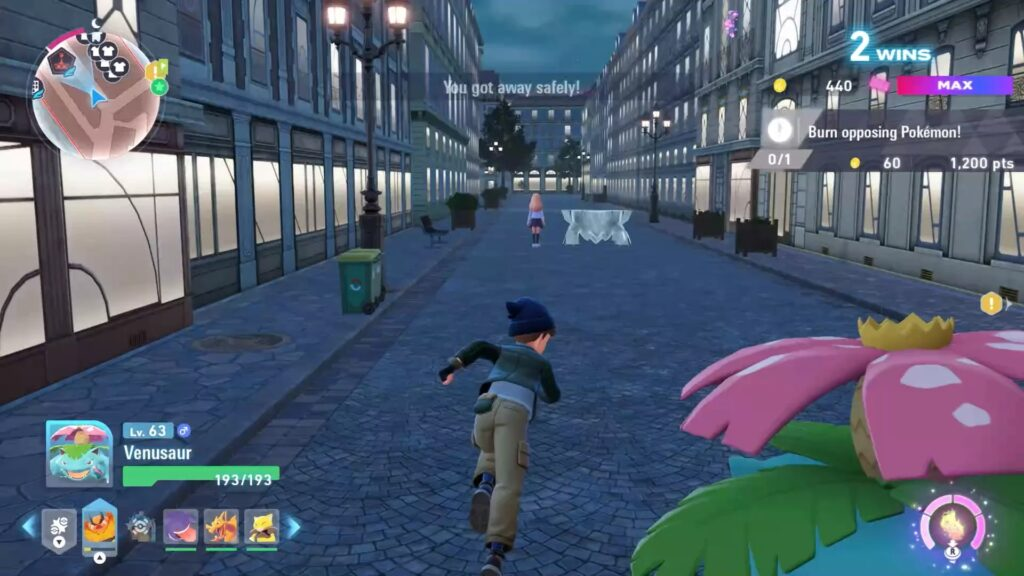
Despite being located in the vibrant Lumiose City, the game feels unexpectedly deserted. The number of NPCs is very low. Many characters either repeat the same dialogue or offer virtually no conversation at all. Even the city’s music lacks energy and character. The experience of being in a great metropolis feels illusory. Many players described the environment as a tech demo rather than a living, breathing city. This is a letdown, as Lumiose was previously a fan-favorite location in Pokémon X/Y.
3. A Story Weaker Than the Original
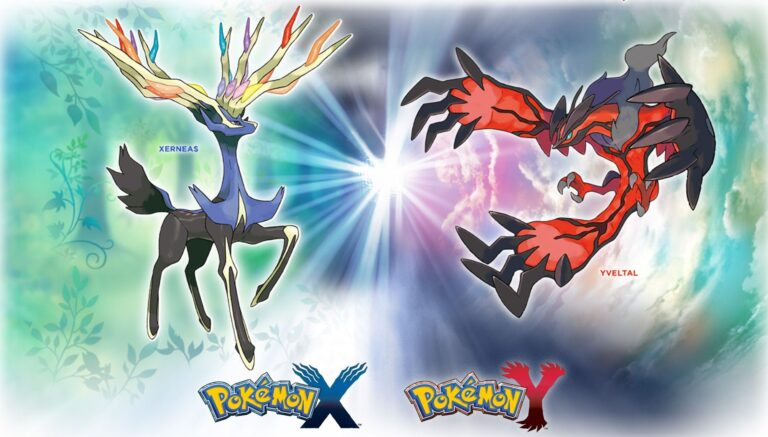
Pokémon X/Y was known for a compelling storyline. It featured deep themes of “beauty and destruction.” Z-A lacks this narrative power. Its characters feel bland and unmotivated. Important plot points are rushed, leading to no player connection. The game attempts to weave a mystery around Lumiose’s history and urban redevelopment. However, the execution is often devoid of emotion and proper pacing. The story, which should have been legendary, is short and forgettable.
4. Excessive Game Pricing
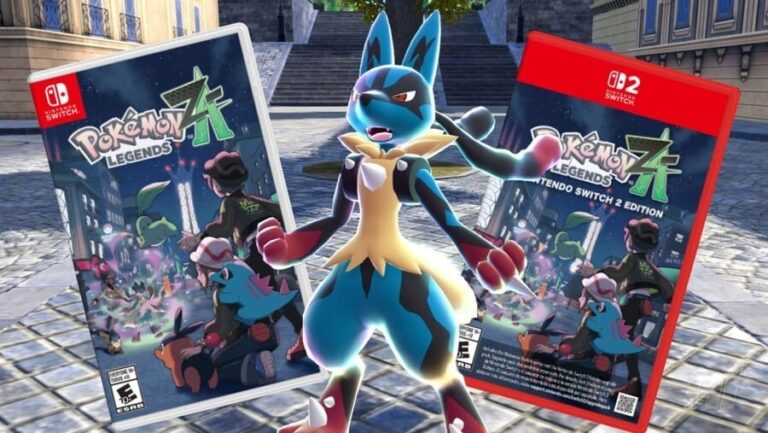
Another highly debated point is the game’s price. It is nearly 20% higher than its predecessor. This is despite not offering a similar sense of content value. The game features new graphics and an updated battle system. Still, when considering the reduced content volume and lower Pokémon count, many feel the price is unjustified. Even purchasing the extra DLC does not seem to complete the game. Consequently, some fans label it a “AAA-priced game with AA-level content.”
5. Restricted to Only One City
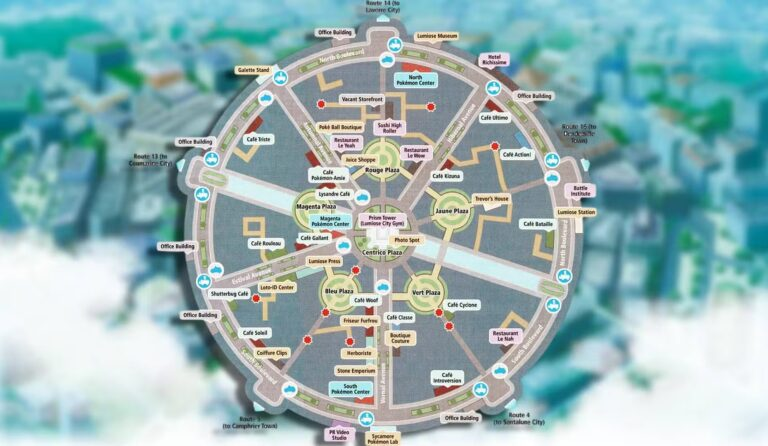
Upon the initial announcement, many players expected to explore the entire Kalos region again. Instead, the game is confined solely to Lumiose City. Even with its expanded zones, the area feels extremely limited. There are no natural areas like forests, mountains, or coastlines to adventure in. Catching Pokémon becomes repetitive, confined to the same limited zones. This greatly reduces the sense of exploration, which is a key element of the Pokémon world.
6. Extremely Low Pokémon Count
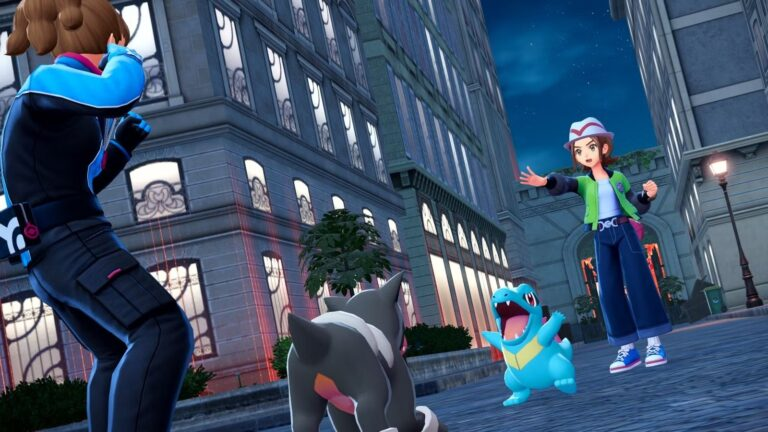
The limited number of Pokémon is another major disappointment for fans. The game reportedly features only around 250 species. This is even fewer than what was available in Pokémon Legends: Arceus. Moreover, popular Kalos Pokémon like Greninja or Sylveon must be acquired through special events or expensive DLC. They are not included from the start. This lack of a complete roster diminishes the overall experience. Fans have strongly urged for future updates to increase the available Pokémon.
7. The Difficulty is All but Gone
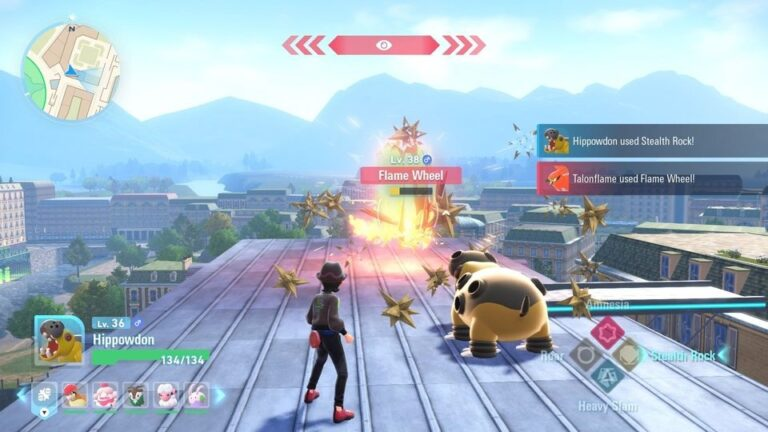
The game introduces a real-time battle system that looks challenging. Nevertheless, the actual difficulty is surprisingly low. Most opponents attack slowly. The systems for using healing items and quickly restarting at save points are too forgiving. This removes almost all tension from battles. Many trainers feel the game has lost the core challenge that once defined the Pokémon series. Winning in Z-A often devolves into simply mashing buttons.
8. Subpar Visual Quality
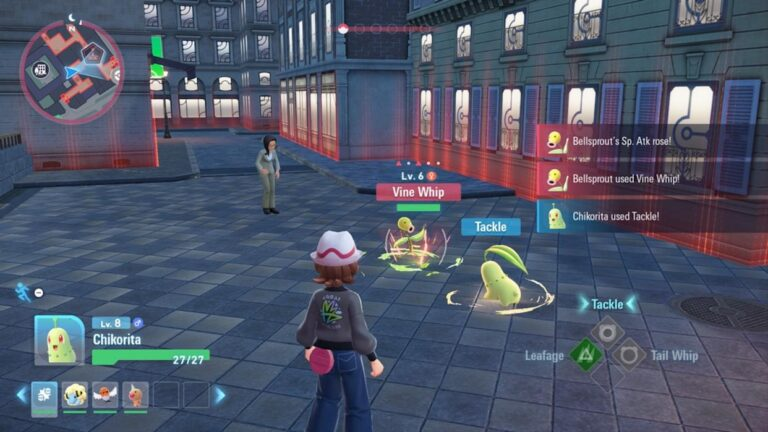
Despite being on newer hardware and using an upgraded engine, the game’s visuals do not match the promotional material. Some areas display blurry Textures. The lighting and shadows are unrealistic. Frame rates drop significantly in crowded or weather-heavy areas, especially in the large city. Even the Pokémon’s animations appear stiff. This indicates that technical issues from previous titles remain unresolved. This was a critical point fans had hoped would be fixed.
9. Inaccessible Buildings Are Just Scenery
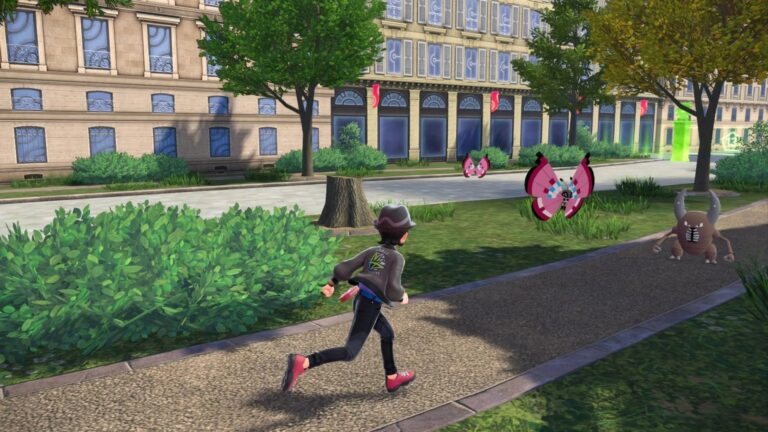
What makes Lumiose City feel empty is the number of buildings that are merely inaccessible backdrops. The game advertised the city as a vibrant location full of places to explore. Yet, only a few structures, such as the Pokémon Center and some shops, can actually be entered. The desire to explore the city vanishes instantly upon realizing that 90% of the architecture is set dressing. It feels more like an unfinished project than a fully released game.
10. Type Weaknesses Are Meaningless
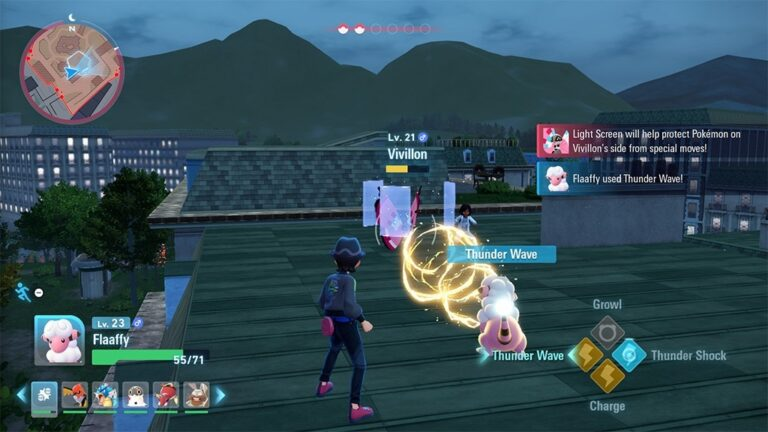
The elemental Type System is fundamental to Pokémon strategy. For example, Water beats Fire, and Fire beats Grass. However, Z-A drastically reduced the importance of this system. Type matchups barely affect damage output anymore. As a result, strategic team building and move selection have become largely irrelevant. Players feel the game has lost a central part of its identity. Catching a variety of Pokémon does not provide a meaningful combat advantage.
Pokémon Legends: Z-A represents an ambitious effort to pioneer a new era for the series. However, for many, the outcome feels like an incomplete experiment. The game attempted to modernize its systems but sacrificed the core charm of traditional Pokémon. We hope that development teams listen to the global fan community and refine future entries to meet the high standards players across the globe expect.
